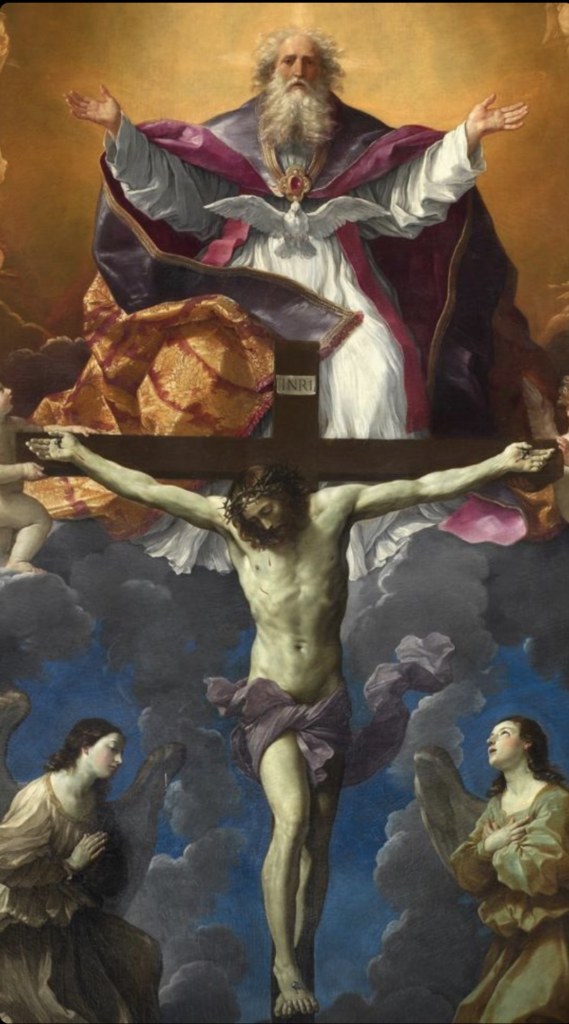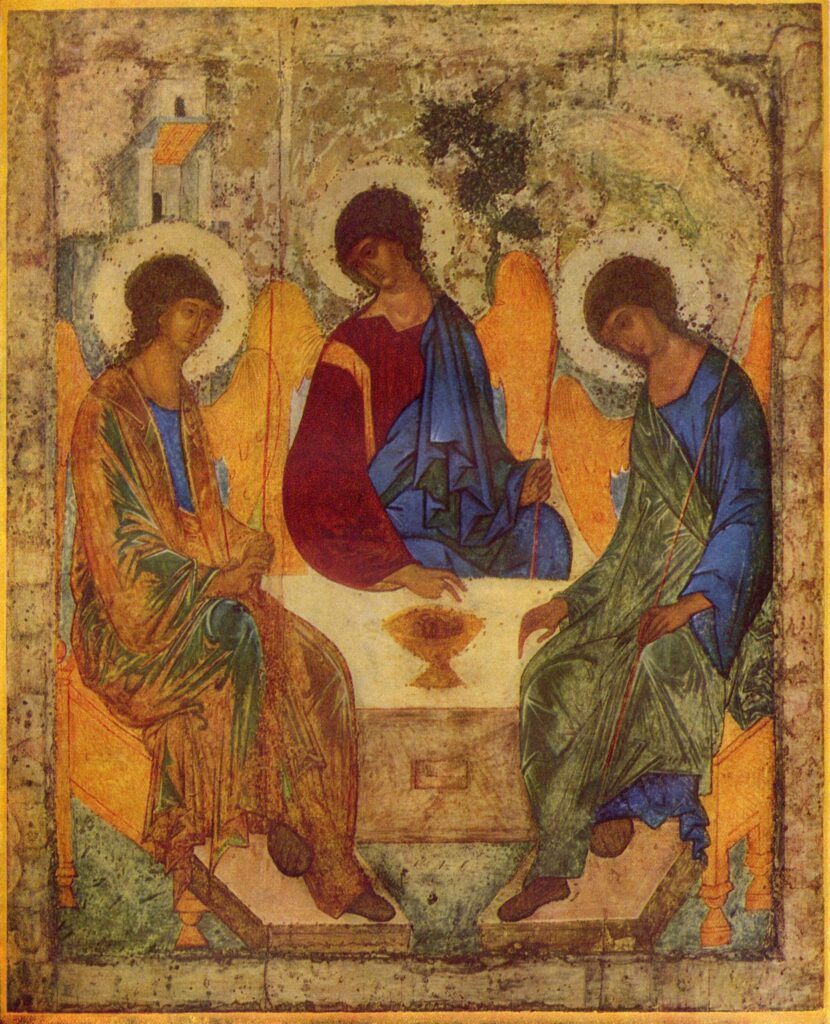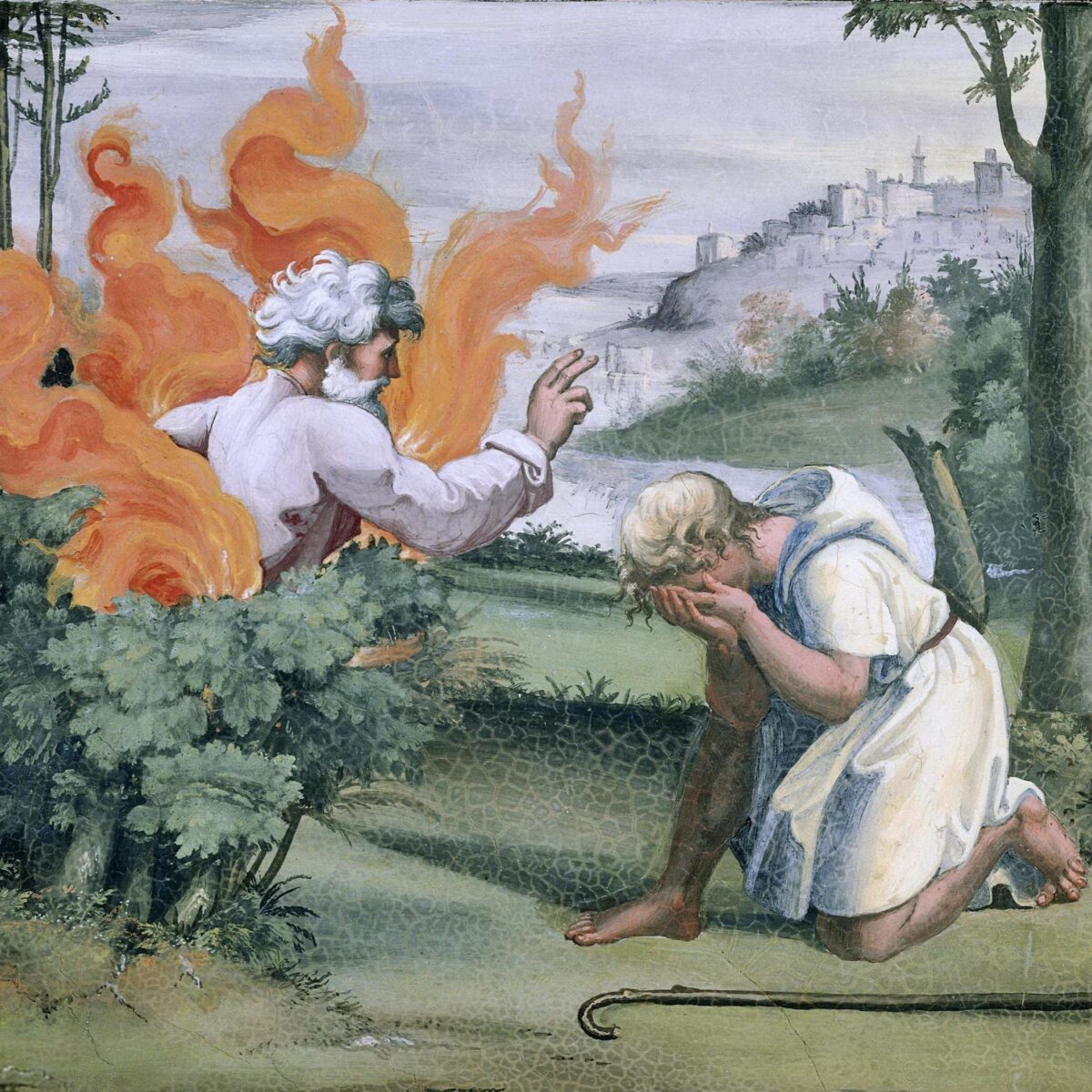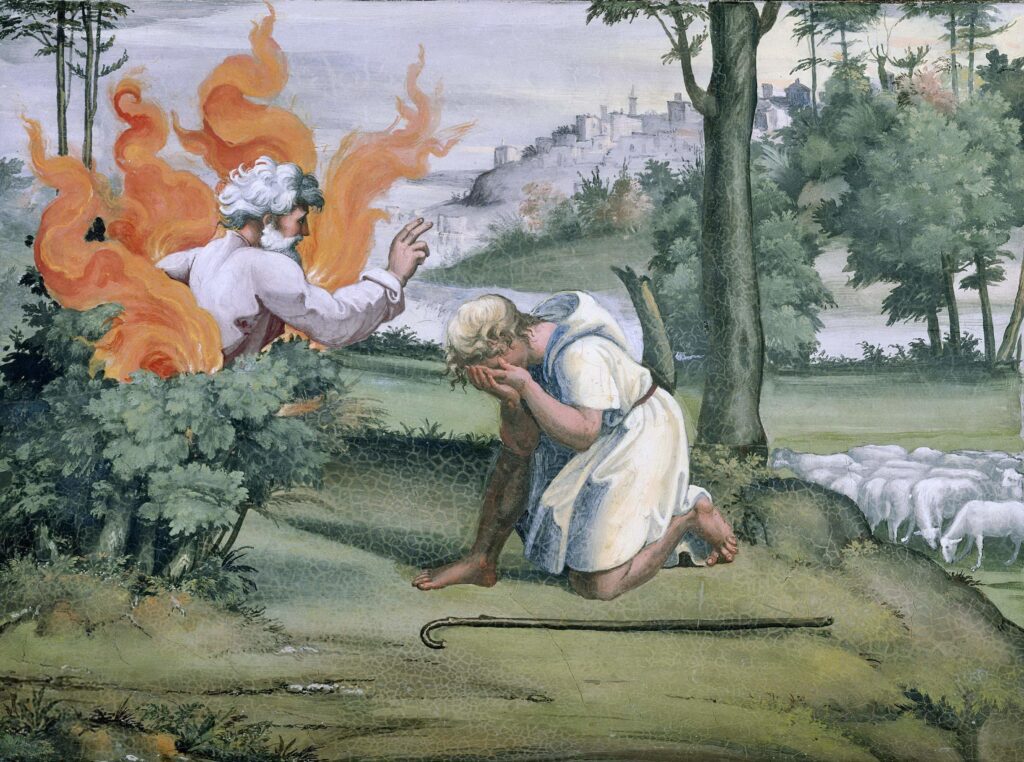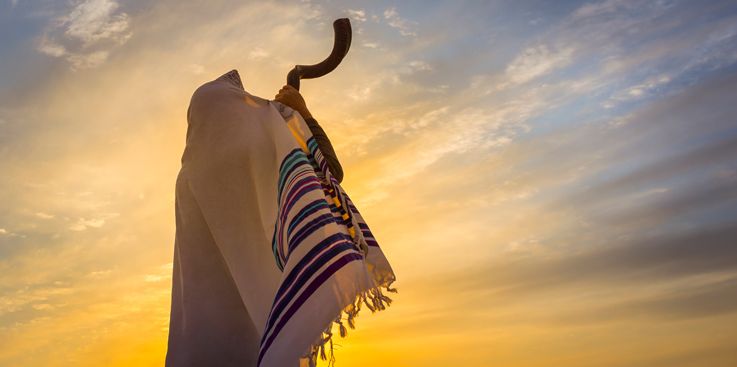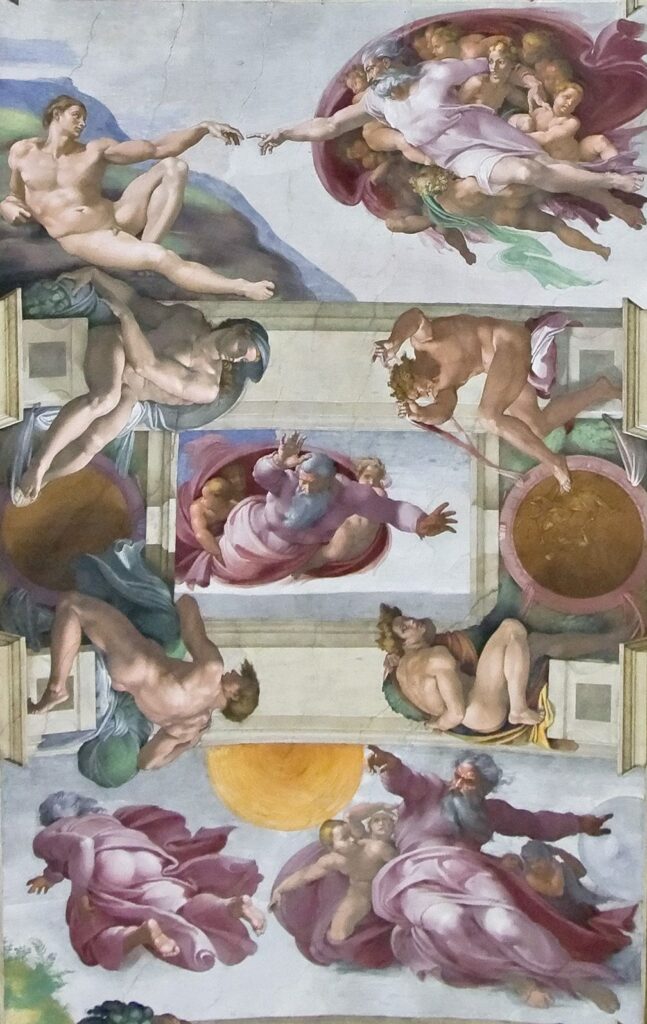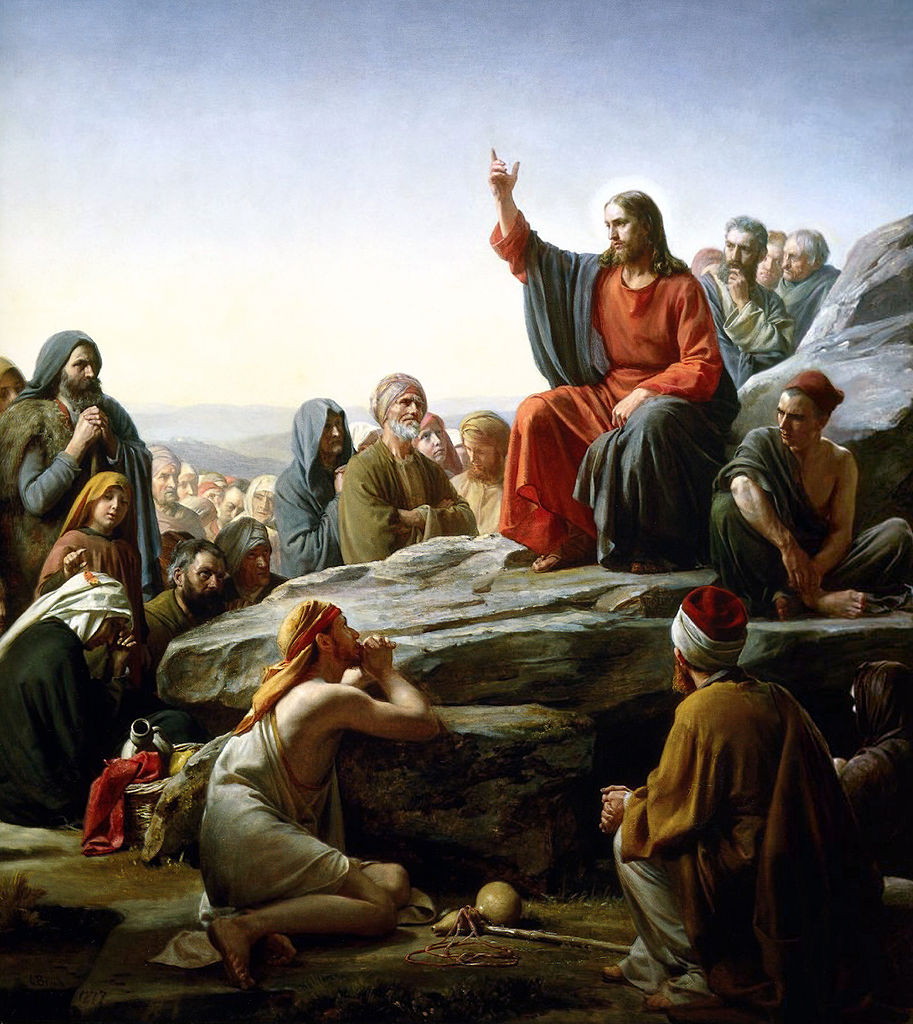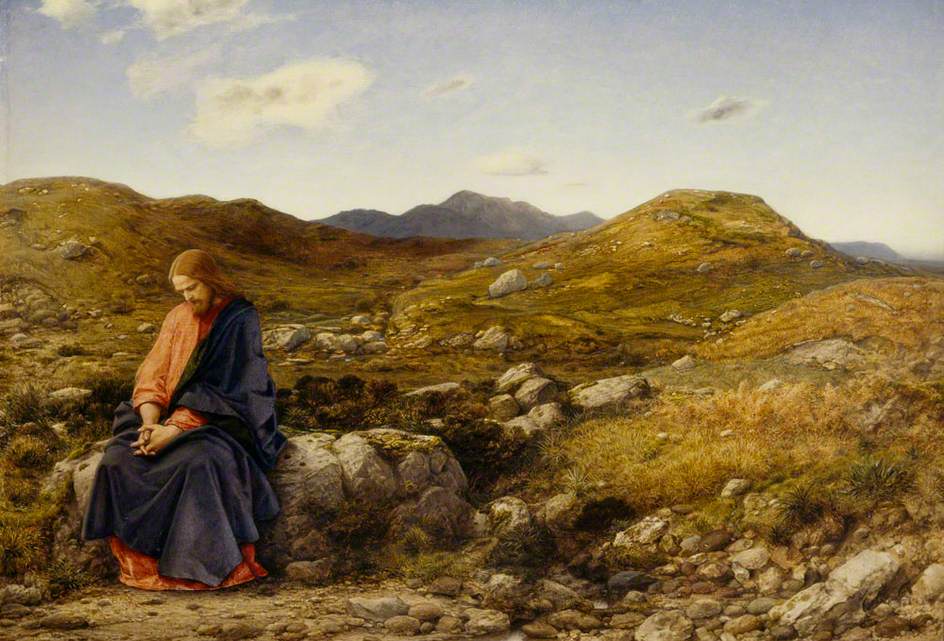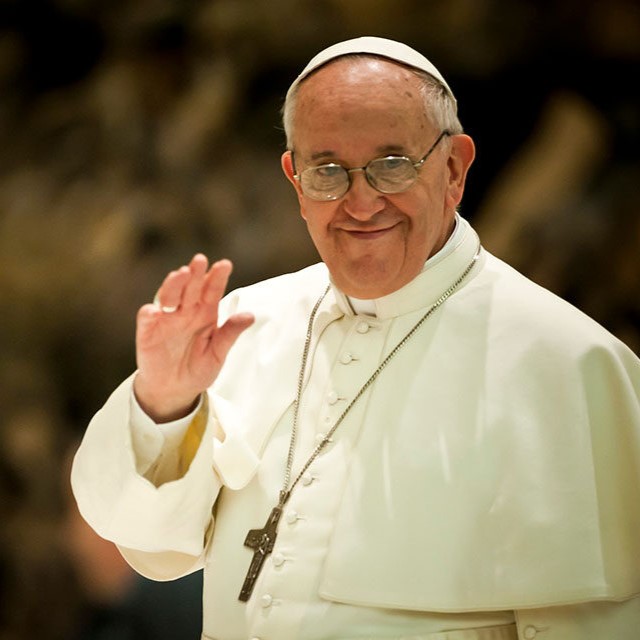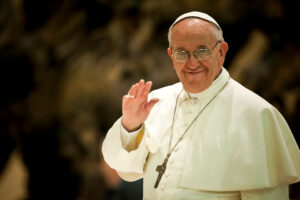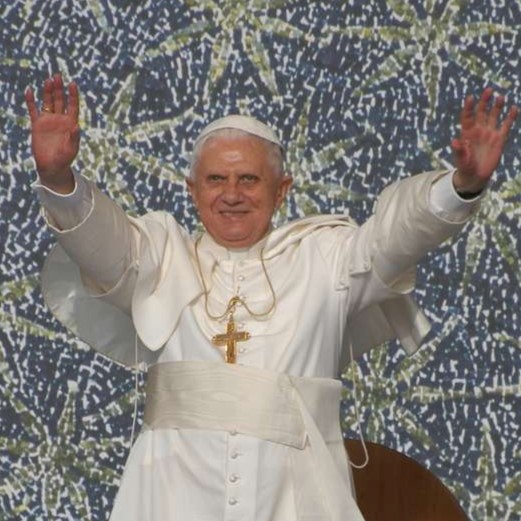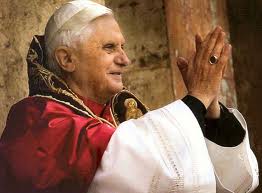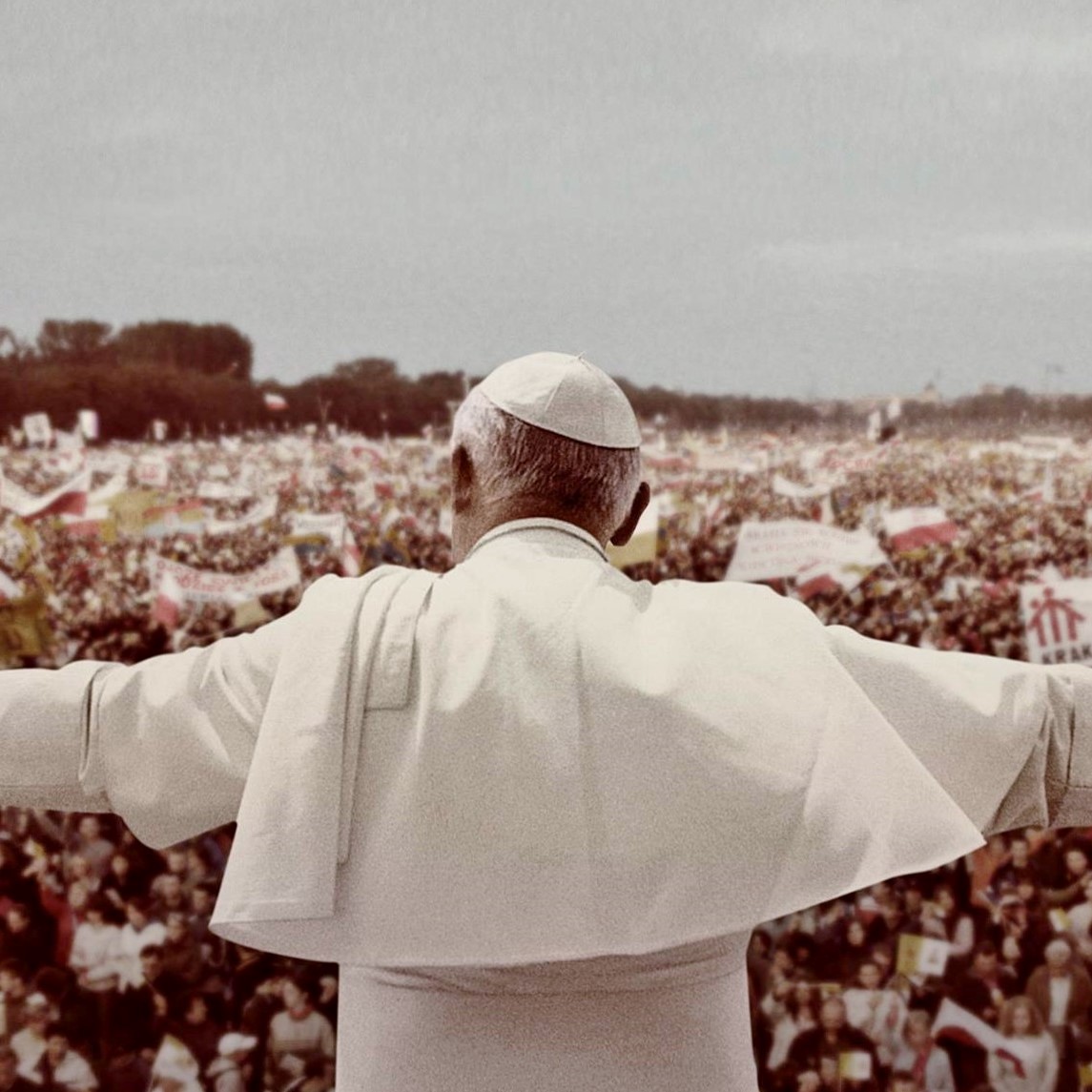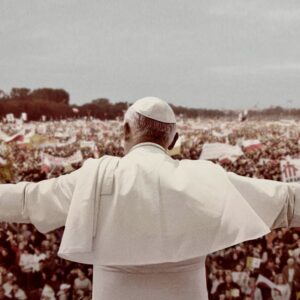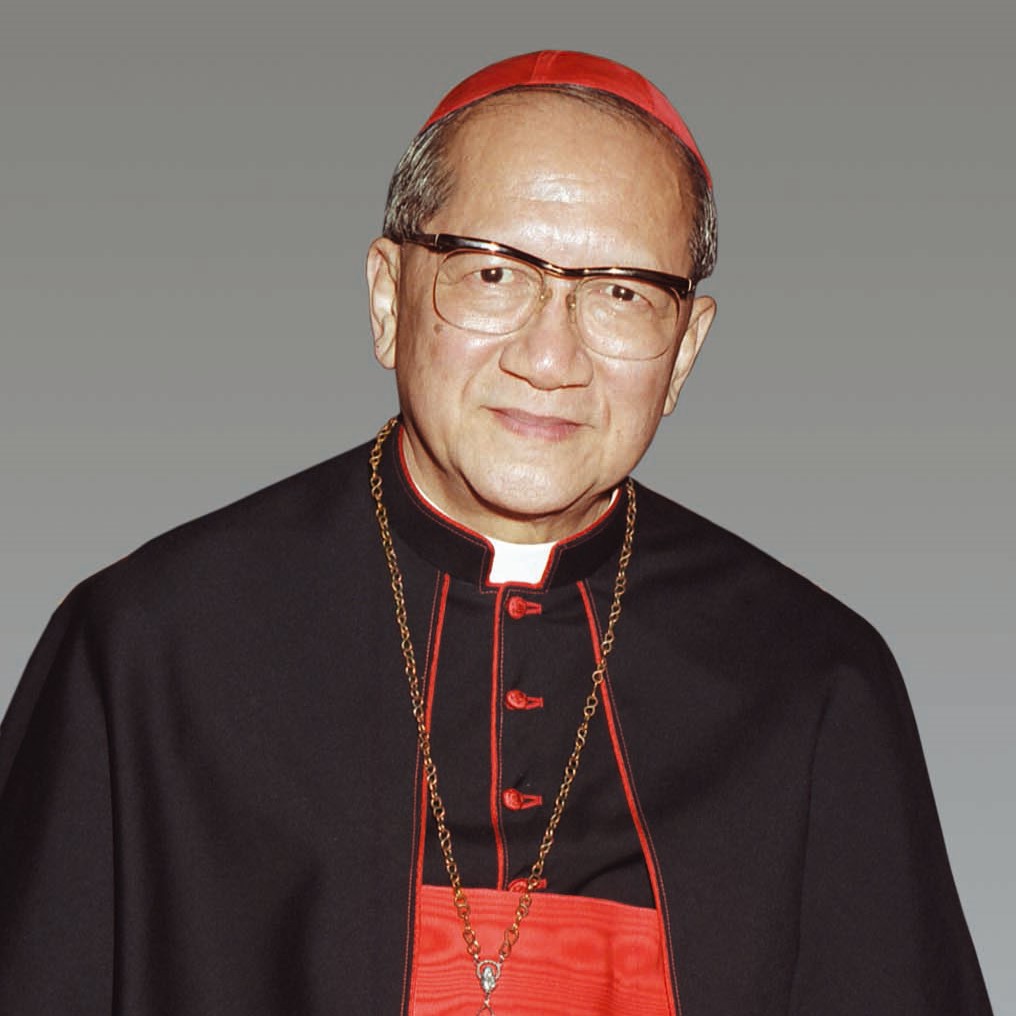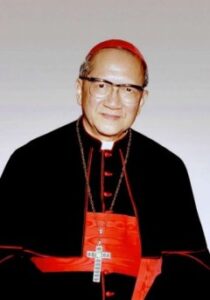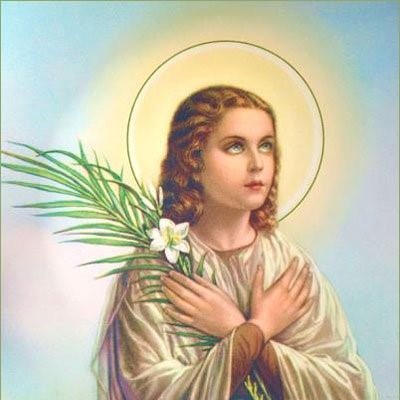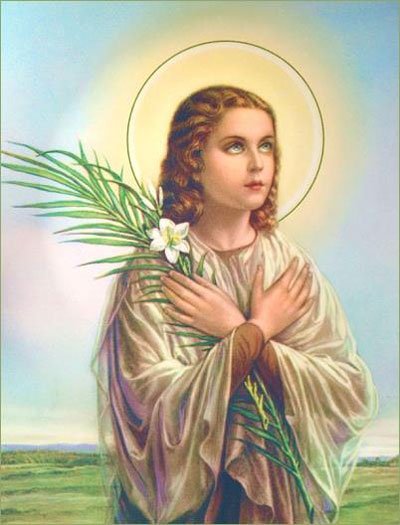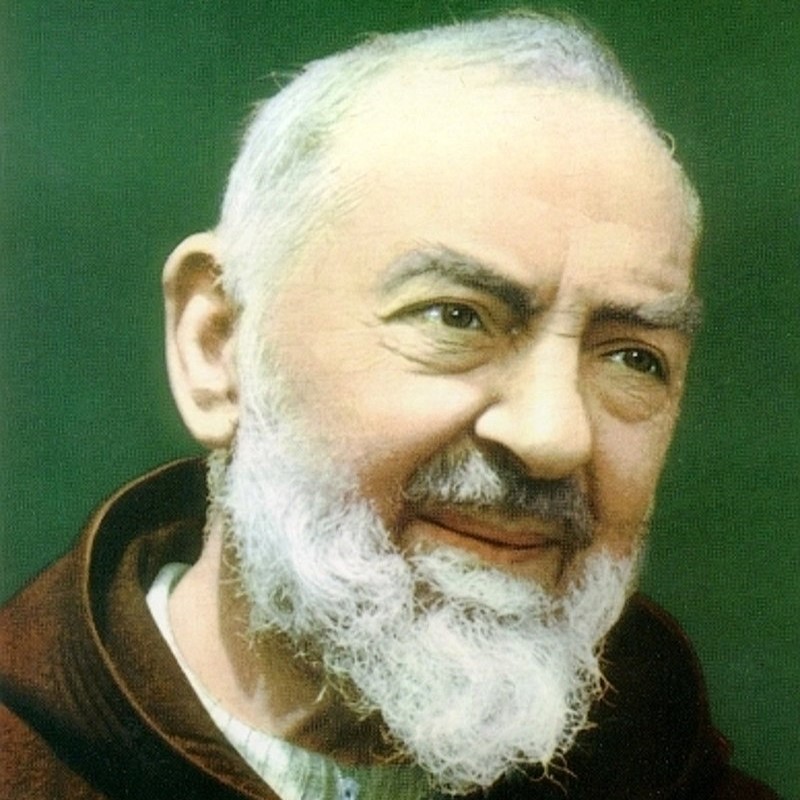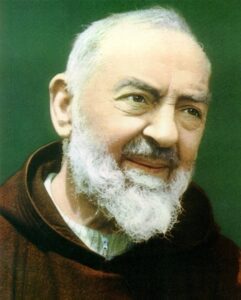8 May 2025
"God of God, light of light,
true God of true God..."
Nicea, Relation and Generation
By Stefan Kaminski
In the two previous posts, we have looked at the nature of God as Creator, and followed this with Nicea’s opening statement about the Son. We now pick up with the next statement that Nicea makes about Jesus Christ, namely the triple formulation describing the generation of the Son by the Father.
The words of the Creed speak not just of a divine truth, but they also outline the archetype of our own, personal reality. At the heart of the Creed, in its substance and in its very structure, is this central truth about relationality. The Creed, we might say, is a formula of relationship: moving through the three persons of the Trinity and so to the Church, which is a consequence of the Trinitarian Love.
The line that we are presented with above essentially has one purpose: to affirm the full equalness of the Son – of the person, Jesus Christ – to the Father. The Father and the Son are equal in substance (i.e. in being “God”) and therefore in divine dignity. This sameness of being also means that the Son exists eternally, just like the Father.
The difference between God the Father and God the Son is in their way of relating. In the person of the Father, we see the “superabundant fullness of God” (International Theological Commission, Jesus Christ, Son of God, Saviour): a superabundance that gives everything, including His own being, and in doing so constitutes Himself as Father.
The Son is thus most essentially defined as the recipient of this superabundance – of the Father’s Love. However, differently from the process of generating any other being, the Divine begetting is something that happens eternally, that is not within time. In other words, there was never a ‘time’ when there was only the Father, and no Son.
Obviously, thinking about this begins to hurt our heads, which are limited by the constraints of time and space. To help us out, Nicea introduced the phrase “light from light” as a way of illustrating this. At the time, it was thought that light was instantaneous – there was no concept of it as a particle or a wave that had to travel – even though it was understood that light emanated from the sun. So the light hitting the earth was thought to be simultaneous to the light ‘leaving’ the sun. This was seen as a helpful analogy for the Son being generated by the Father, not in time, but as an eternally-standing reality.
In formulating its symbol, the Council of Nicea wished not so much to focus on the monotheistic aspect of the Christian faith, but precisely on this Christian novelty of the paternity, the generation, that exists within the Trinity, and that substantiates and gives shape to the claim that “God is Love” (1 John 4:8).
The external action of God in creating the world – and specifically us – thus takes on an entirely new context and significance as the extension, or fruit, of this original Love. Christ enters this world not as one aloof, or as a different species or as a visitor, but takes on the human body prepared for Him by His Father (cf. Hebrews 10:5), precisely because the logic of the intra-Trinitarian Love is one and the same as that which overflows into the creation by the Trinity of all that exists.
In that creation, humanity has a privileged place as children of God, and it is to these wayward chilren that the Son comes to reveal the fullness of God’s Love. In taking flesh, the Son re-united the Divine and the human, and revealed to man what was hidden from his sight: namely Him in whose image we are made. In doing so, Christ therefore also “fully reveals man to himself” (Gaudium et Spes, 22) by showing us the Father from whom we come.
The above Nicean formula should thus be at the back of our minds when we hear Christ say, “no one knows the Son except the Father, and no one knows the Father except the Son and anyone to whom the Son chooses to reveal him” (Mt 11:27). The Son reveals the Father because He is the first fruit of the Father, and the full recipient of His Love. We, in turn, have access to the Father as sons through Christ. Our relationship to Christ thus finds a two-fold dynamic: a filial relation, insofar as Christ generated us for new life by giving His own self; and a relation as His brothers and sisters, insfoar as we have been adopted by the Father as sons through Christ (cf. Ephesians 1:5).
it is in this wonderful exchange of Love that we, as individuals but very much neither autonomous nor isolated, find our identity: firstly as children, in order to then be able to give of ourselves in turn.


